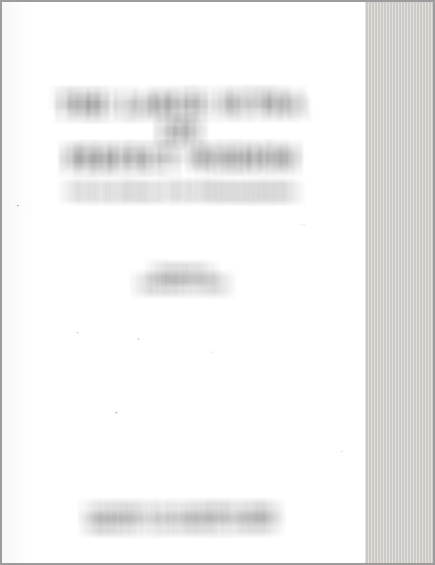Jarasandhavadha Mahakavyam
by Pankaj L. Jani | 2010 | 82,365 words
The English translation of the Jarasandhavadha Mahakavyam: a Sanskrit epic poem written by Goswami Hariraiji. The story revolves around the story of Krishna’s vanquishing of the Magadha King, Jarasandha. The soul message of this epic Jarasandhavadha is “where there is righteousness there is victory”. The sources for this story include the Mahabhar...
Part 1 - The Art of Translation
(Bhagvadgita Chap. 4 - Sh. 6,7)
Lord Shri Krishna states in the Bhagavadgita, “Whenever righteousness is on the decline, the unrighteousness is in the ascendant, then I body Myself forth. For the protection of the virtuous, for the extirpation of evil-doers, and for establishing 'Dharma' (righteousness) on a firm footing, I am born from age to age.” Shri Krishna states here the principle of restoration of cosmic balance by divine incarnations. When 'Adharma' dominates a divine incarnation protects and encourages the righteous. And this is also the main theme of the Jarasandhavadha Mahakavyam.
If there had not been the tradition of translation the world would never have come across the philosophy of the Bhagavadgita or Rabindranath Tagore’s the Gitanjali would never have brought international honour to our country. Mahatma Gandhji’s My Experiments with Truth is translated in almost all the languages of the world. So is the case of most of the sacred and religious books in the world. These examples show the importance and the necessity of the art of translation.
The art of translation is as old as literature itself. It has a prominent and paramount part to play in the modern world. Translation has served as a writing school for many prominent writers. Translation of religious works has played an important role in history. Translators, including monks who spread Buddhist texts in East Asia and the early modern European translators of the Bible, in the course of their work have shaped the very languages into which they have been translated.
Literary translation, as the name implies, is the translation of literature or other artistic texts. It is the interpreting of the meaning of a text and the subsequent production of an equivalent text, likewise called a "translation," that communicates the same message in another language. It involves the process of change into another language retaining the sense which is indeed the basic objective. Exactness and clarity are the most important characteristics of a translation. What is central to the process of the translation is the search for right word in the correct perspective. The main aim of the translator in translating any work of art is to successfully recapture the tone and texture of the original.
Literary translation is a very challenging activity. The first and very basic issue which arises is that of language competency, because not only a sound but an excellent command of both languages is required. Since meaning is the main goal in translation there is not much difficulty in non-literary translations. But the difficulty arises when we are engaged in the translation of literature. It is not easy to find the equivalent textual and literary material of the source language in the target language. The greatest problem of the translator is that of sustaining the right mood, tone, purpose, feeling and sense of the original writer.
It is clear that no translation can be the exact equivalent of the message of the original text. The establishment of equivalence between the source language text and the target language text becomes the central problem of translation. It consists in producing in the receptor language the closest natural equivalent to the message of the source language first in meaning and then in style. Moreover, a translator should have inwardness with both the languages and should have adequate knowledge of both the languages.
While translating the Jarasandhavadha Mahakavyam I have tried to preserve the spirit of the original text keeping in mind that a reader can at least enjoy the content of the text if not the form.
